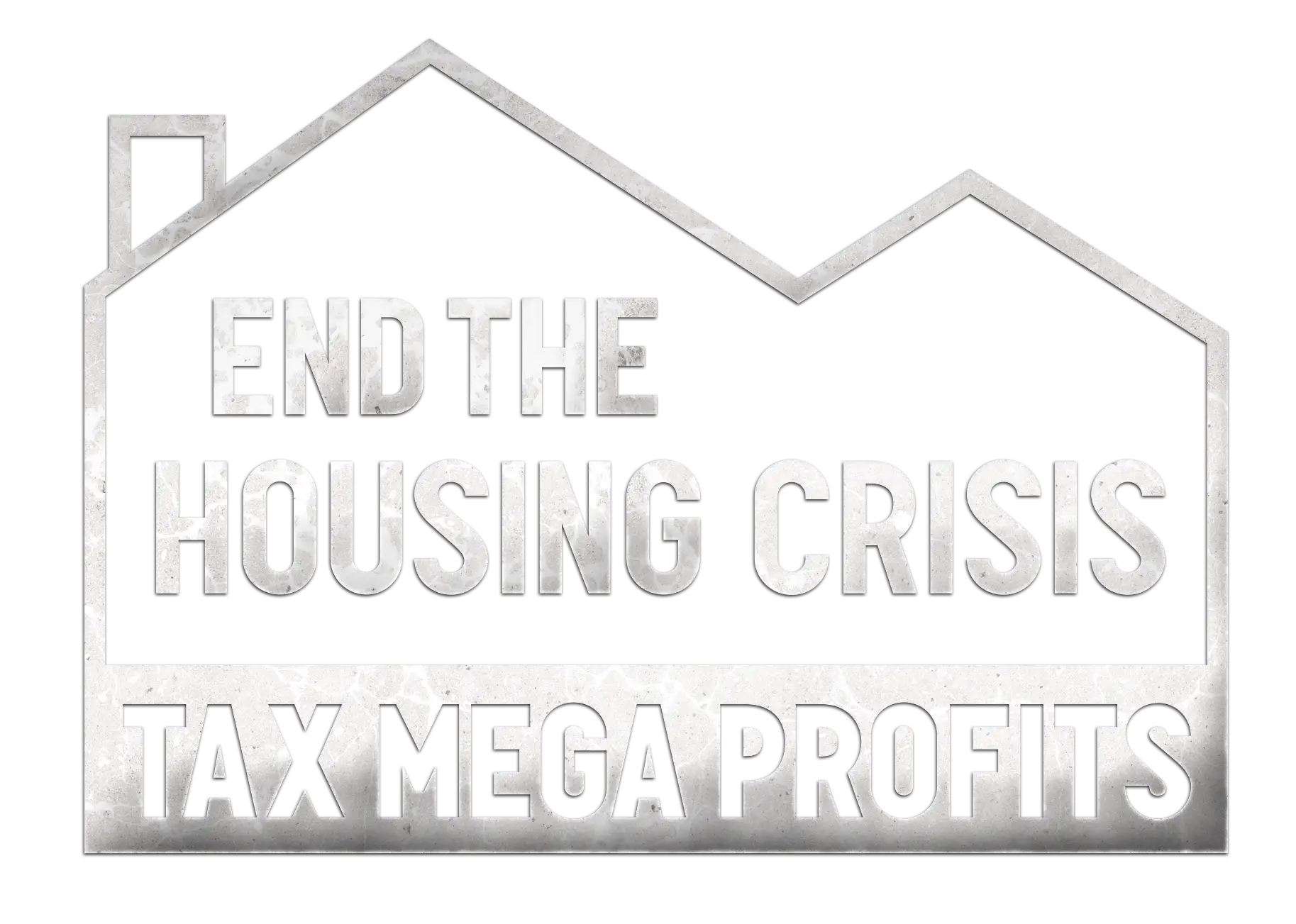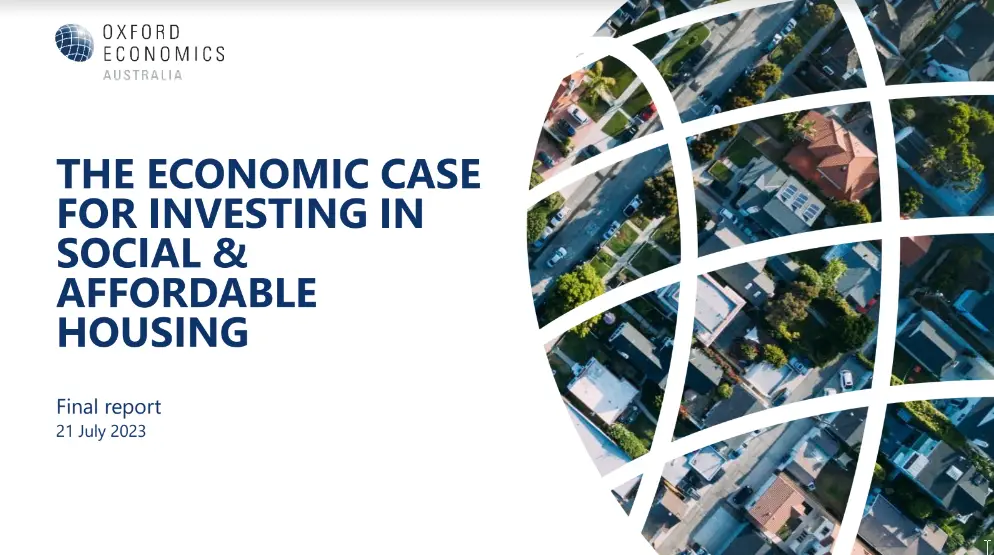Executive summary:
Oxford Economics Australia was engaged by the Construction, Forestry, Maritime, Mining And Energy Union (CFMEU) to explore the economic case for investing in Australia’s social and affordable housing, potentially funded by revenue from a “super profit tax”, or “mega profits tax” to avoid it being confused with super funds as it pertains to only tax gain from massive corporate profits.
The first part of our analysis quantified the current gap in social and affordable dwellings by estimating unmet demand. We define unmet demand for social and affordable dwellings as renter households in the bottom two income quintiles who are paying more than 30% of their income on housing costs plus those people experiencing homelessness.
Our analysis estimates that there is currently a gap of 750,700 social and affordable dwellings in Australia (the housing gap). This gap is expected to rise to 946,900 if no action is taken to substantially increase the supply of social and affordable dwellings.
Our forecasts are broadly in line with the National Housing Finance and Investment Corporation (2021) estimates of an 866,000 shortfall by 2041 and slightly higher than the 729,000 shortfall in 2036 estimated by Troy et. al. (2019).1

Despite recent announcements for increased investment in the sector, such as the Housing Australia Future Fund (HAFF), there is a significant short-fall in what is planned and what is needed. According to announcements by federal, state and territory governments, an estimated 30,000 new social dwellings are earmarked for completion between FY2022 and FY2027. Beyond FY2027, we have assumed longer-term trends in the supply of this type of housing over the past decade continue.
There are many social and economic benefits of closing the housing gap. Importantly, increased supply of social and affordable dwellings will likely put downward pressure on rental growth which is estimated to moderate to 2.0% per annum compared to our baseline forecast of 2.6% per annum. Meanwhile, forecast median price growth of 4.0% per annum would be tempered slightly to 3.8% with the housing gap fully closed. With minimal impact on house prices and inflation, this is unlikely to hurt investment into the broader property sector.
In addition to property market impacts, research suggests that the provision of social and affordable housing can have additional benefits for the Australian economy. Safe and affordable housing plays an important role in reducing homelessness, improving productivity and economic growth, and driving better health and income equality outcomes.
Our analysis also quantified the investment required to close the housing gap. This considered only the capital investment required to build the required social and affordable dwellings.
The investment required to close the gap is significant and requires long-term revenue streams to ensure ongoing investment into the sector. We estimate an investment of $511 billion is needed to close the housing gap by 2041, or an average $28 billion per annum.

Closing the housing gap earlier than 2041 may present some investment savings, but this needs to be considered in connection with the additional pressure it would place on the construction sector.
Government investment into the social and affordable housing sector has the capacity to act as a support to the residential construction market. By increasing investment into residential construction during periods of downturn with a relatively smaller role during periods of strong activity, the government can support supply without adding significantly to capacity constraints.
Finally, we considered if a mega profits tax could raise the required revenue to fund the level of investment required to close the housing gap.
Our analysis indicates that an economy-wide mega profits tax could raise the $28 billion per annum investment required to close the housing gap in social and affordable housing by 2041. Over the next decade alone, this tax could raise $290 billion. This includes $128 billion from mining projects (excluding those already covered by other resource rent taxes) and $163 billion from non-mining companies with turnover greater than $100 million.Theoretically, a permanent well-designed general excess profit tax is efficient and does not discourage investment. Any mega profits tax should be designed to be fiscally stable to ensure confidence in the tax system and limit market distortions, since discouraging investment would in turn reduce economic activity, wages, jobs and therefore the social welfare it was designed to promote. In particular, setting a single threshold across all non-mining companies may not take into account the variation in business models and production structures which can result in less efficient outcomes. These factors should be taken into account when considering the potential design of a mega profits tax.


